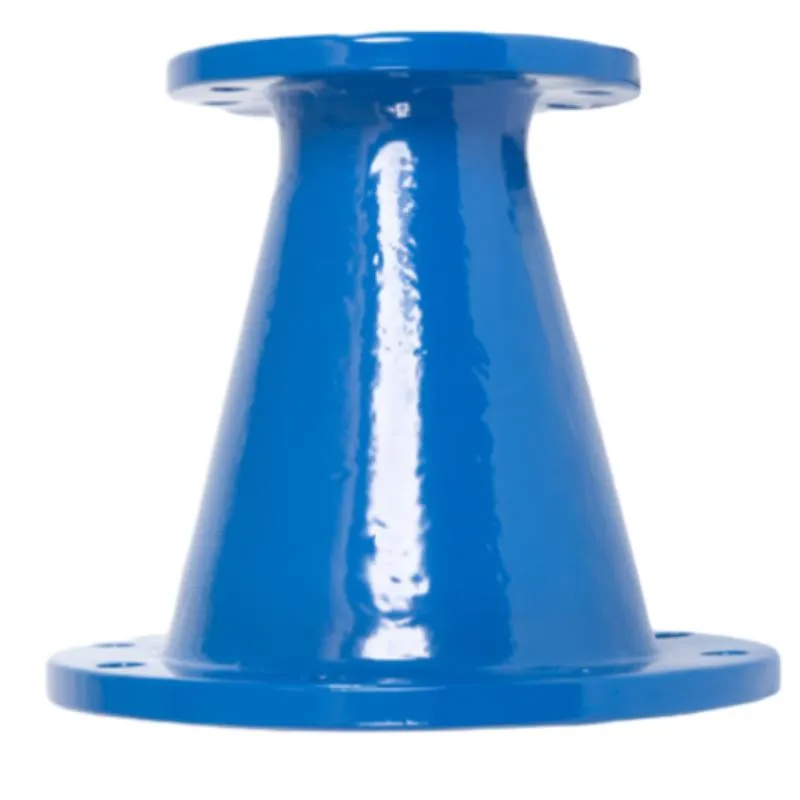butterfly valve dn 80
Understanding Butterfly Valves A Focus on DN 80
In various industrial applications, valves play a critical role in controlling the flow of liquids, gases, and slurries. Among the different types of valves available, the butterfly valve is widely appreciated for its simplicity and efficiency. This article will explore the butterfly valve, specifically focusing on the DN 80 model, which refers to a valve with a nominal diameter of 80 millimeters.
What is a Butterfly Valve?
A butterfly valve is a quarter-turn valve that uses a disk to regulate the flow of fluid through a pipe. When the handle or actuator is turned, the disk rotates on an axis perpendicular to the flow. The design allows for quick opening and closing, making it ideal for applications where fast operation is critical. The compact design of a butterfly valve contributes to its lightweight nature and requires less space compared to other types of valves, such as gate or globe valves.
Features of DN 80 Butterfly Valve
The DN 80 butterfly valve is optimized for piping systems with an 80 mm diameter. Here are some key features that highlight its performance
1. Space Efficiency The compact design of the DN 80 butterfly valve allows it to fit into tight spaces, making it ideal for installations where space is limited.
2. Low Pressure Drop The streamlined disc design minimizes pressure drops across the valve, contributing to energy efficiency in fluid transport systems.
3. Versatility DN 80 butterfly valves can be used in a wide range of applications, including water treatment plants, HVAC systems, chemical processing, and food and beverage industries.
4. Durability Constructed from robust materials, such as cast iron, stainless steel, or PVC, these valves resist wear and corrosion, providing long-lasting performance even in challenging environments.
Advantages of Butterfly Valves
butterfly valve dn 80

Butterfly valves offer numerous advantages, which make them popular across various industries
1. Quick Operation The quarter-turn mechanism allows for rapid opening and closing, which is vital in emergency situations or processes requiring quick adjustments.
2. Cost-Effective Due to their simple design and ease of manufacturing, butterfly valves are typically less expensive than other valve types, making them a cost-effective choice for budget-conscious projects.
3. Minimal Maintenance Butterfly valves require less maintenance than other valves, as they have fewer moving parts and are easier to operate.
4. Wide Size Range Available in various sizes, butterfly valves can cater to different flow requirements, making the DN 80 model suitable for numerous applications.
Applications of DN 80 Butterfly Valve
The DN 80 butterfly valve finds utility in several applications, thanks to its reliability and effectiveness
- Water Supply Systems Ideal for regulating and controlling water flow in municipal and industrial water supply networks. - Wastewater Treatment Essential in controlling the flow of wastewater during treatment processes, ensuring optimal performance of the treatment facilities. - HVAC Systems Commonly used to manage airflow and fluid flow in heating, ventilation, and air conditioning systems, contributing to energy efficiency and comfort. - Chemical Industries Suitable for handling various chemicals, the DN 80 butterfly valve is crucial in processing and transferring fluids safely.
Conclusion
In summary, the DN 80 butterfly valve is a versatile and efficient option for regulating fluid flow in various applications. Its design features, including quick operation, low pressure drop, and durability, make it an attractive choice for industries ranging from water treatment to HVAC systems. As engineers and operators seek efficient and cost-effective solutions, the butterfly valve, particularly the DN 80 model, continues to stand out as a preferred choice in fluid control technology. By understanding its features and advantages, users can leverage the capabilities of the DN 80 butterfly valve to optimize their operations and ensure the reliability and efficiency of their systems.
-
The Smarter Choice for Pedestrian AreasNewsJun.30,2025
-
The Gold Standard in Round Drain CoversNewsJun.30,2025
-
The Gold Standard in Manhole Cover SystemsNewsJun.30,2025
-
Superior Drainage Solutions with Premium Gully GratesNewsJun.30,2025
-
Superior Drainage Solutions for Global InfrastructureNewsJun.30,2025
-
Square Manhole Solutions for Modern InfrastructureNewsJun.30,2025
-
Premium Manhole Covers for Modern InfrastructureNewsJun.30,2025
